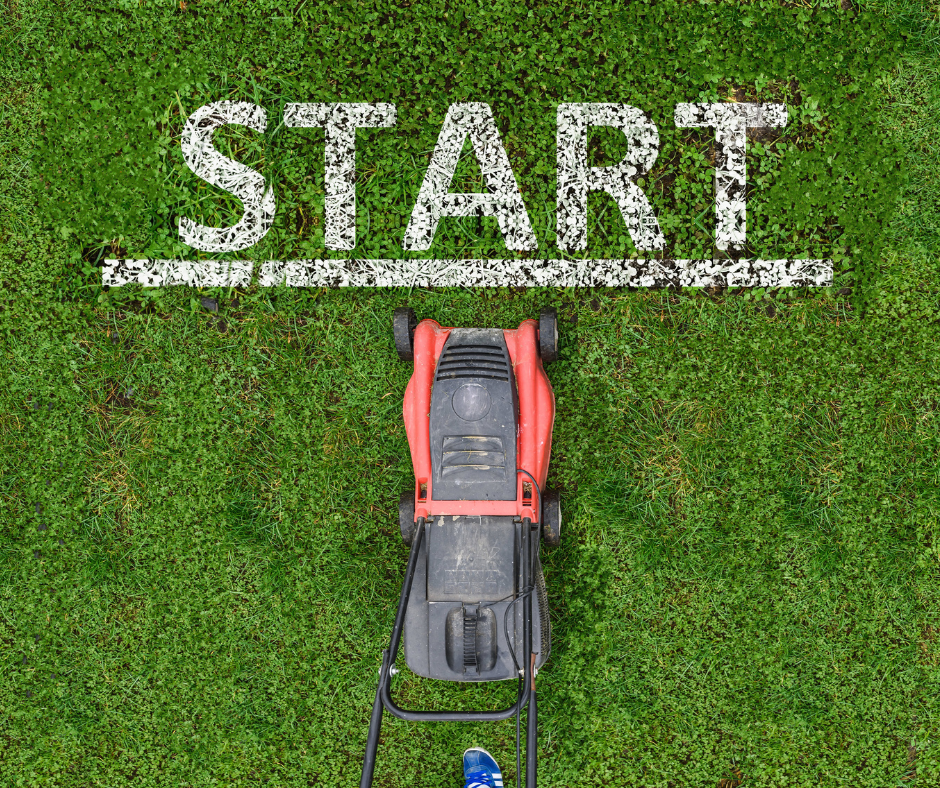
Finishing off a successful year making your lawn look prime is a great feeling. Downtime is important and at the end of the year though, you should take time to relax and contemplate the maintenance practices you carried out, look over your records of fertilizer and pesticide applications and determine if you were happy with the outcome. If not, why? What can you incorporate for next year? What can you improve upon? Is there any apps or programs that you could get advice from? Whatever it is, take this time to relax and focus on the upcoming year.
Dormant Grass

Towards the end of each year as the temperature lowers, grasses build up a natural antifreeze inside their cell walls. Every time it frosts it develops more until it has enough inside it to overcome the adversities of the winter months.
As you know, when we get into the cooler months, mowing subsides and eventually no growth is taking place aboveground and most of the energy of the plant is going to root growth and winter survival. Part of this process involved hydrogen peroxide!
Yes, grasses produce hydrogen peroxide and it’s used to seal and heal cuts; seal the top of the leaf so that no moisture gets lost through transpiration. The easiest way to describe it is to consider the grass a straw and the top of the straw is pinched shut. This stops air pressure pulling moisture from the soil through the plant.
First Mow
When you go out and give your lawn its first mow, you are removing this seal that the plant created to hold onto antifreeze. Now if the seal is removed, the grass will start to suck up moisture from the soil and fill the cells full with water and nutrients. This activates the grass and as a result it will start to grow.

If a warm weather pattern continues and there is no extreme cold on the way, then you are good, and the plant will remain healthy. If the weather goes the other way and you go back into a deep freeze, then the grass could suffer from crown hydration which means that the cells of the plant expand though water turning to ice and consequently rupturing the cell and kill the plant. This could happen in isolated spots or over the entire lawn.
In conclusion, be aware of future weather patterns before first mow. If the temperature is above freezing lows and mid-fifties highs, then you are probably going to be ok. But mowing your lawn just to “cut the brown off” and to satisfy your itch could cause you some serious winter injury, so be careful.
© 2023 LaPageBrands, LLC. All rights reserved.

